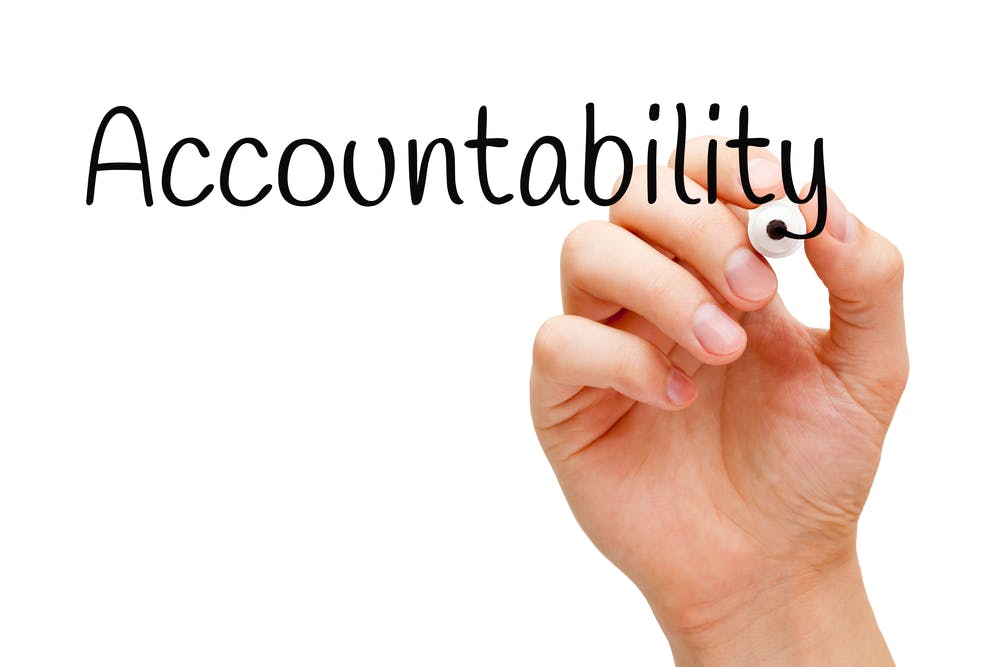“How do I get my people to be more accountable for results?” is the essential question from a recent post over at the Harvard Business Review.
It’s the kind of question that usually follows some type of failure at work. Someone misses a project deadline or comes in over budget. Forecasted performance goals go unmet.
A single failure can be frustrating enough; resolving more systemic issues of accountability across a team or organization can be daunting for managers and executives.
I suspect systemic accountability problems actually have to do with a lack of clarity and coherence.
The former almost certainly drives the latter. In the absence of clarity, everyone can work from their own sets of rules about what outcomes are expected and how those commitments are followed through. No one shares the same mental map of the workplace and the way priorities and tasks are achieved.
Clarity even precedes the usual accountability suspects that leaders may point to: employee competence and motivation. Without shared ideas of appropriate outcomes and success metrics, these attributes just aren’t going to be much of a factor. If no one is using the same map, it will nearly be impossible to differentiate who is making progress in the desired direction, let alone what is driving that progress.
Developing a shared map of accountability
The critical task facing leadership is to create and foster this shared map, either as a standalone culture of accountability or by weaving accountability throughout the organization’s core values. The map must clarify the following:
- Destination: What outcomes are sought and how you know when you are there?
- Trip planning: What resources are required and what happens if outcomes are not achieved?
- Route updates: Continuous feedback along the way to monitor progress, as well as keep teams and organizations aligned.
There are several possible ways to achieve this depending on the specifics of your own organization and its culture, but one potential universal approach is through a culture of recognition. Here’s why:
A recognition-driven map
Recognition goes a long way in helping to develop a shared Destination. Leaders can recognize behaviors that drive results and demonstrate accountability. These behaviors provide an organization with vivid and specific examples of what success looks like and how to get there. They are powerful examples that all employees can share and learn from, developing their own repertoires of similar results-focused behaviors.
Recognition can also be used to highlight examples of Trip Planning. Examples include employees that go above and beyond in securing resources to meet important deadlines, or take initiative to deliver on commitments in the face of unanticipated obstacles. Again, recognition of these behaviors provides a shared repertoire of behaviors that align everyone behind accountability.
Finally, providing Route Updates, recognition is immediate and frequent. It allows leaders to monitor progress as well as quickly adapt to changes, particularly where peer-to-peer recognition is leveraged. This benefit limits the potential for derailing surprises and allows everyone to behave more proactively. Leaders can also gain insight into patterns of accountability across people, departments, and divisions, rewarding or intervening as necessary.
Altogether, recognition helps to create the shared maps that drive accountability, and as result, business performance. When everyone is aligned behind a common idea of what is expected and how success is measured, as well as creative responses to unforeseen challenges, accountability can become a competitive advantage.
What is your organization’s accountability map? How widely is it shared and recognized?
You can find more from Derek Irvine on his Recognize This! blog.
